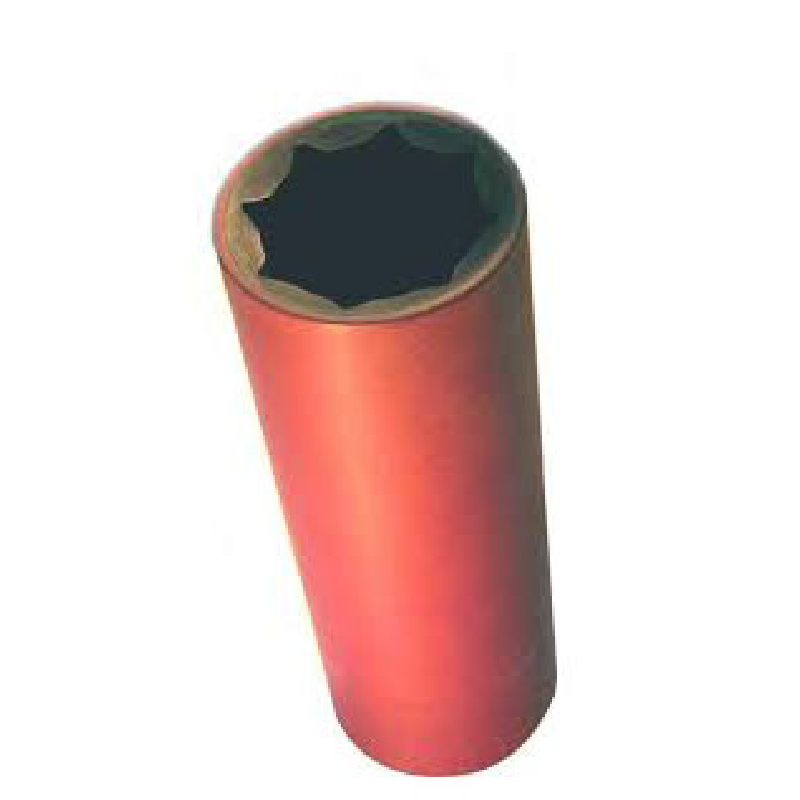High Temperature O-Ring Solutions for Enhanced Performance and Durability
Understanding High Temperature O-Rings Essential Components in Extreme Conditions
In engineering and manufacturing, sealing solutions play a critical role in ensuring the reliability and efficiency of mechanical systems. Among various types of seals, O-rings are one of the most commonly used components. They are prized for their simplicity and effectiveness in creating a tight seal between two surfaces. However, when it comes to high-temperature applications, the selection of the right O-ring material is crucial to ensure performance and longevity. This article delves into the importance of high-temperature O-rings, their materials, applications, and factors to consider when choosing them.
What Are O-Rings?
O-rings are circular loops made from elastomeric materials, designed to be installed in a groove and compressed between two or more parts to create a seal. Their shape allows them to be used in diverse applications, from hydraulic systems and automotive engines to aerospace components and household appliances. While standard O-rings are suitable for various conditions, high-temperature O-rings are specially designed to endure extreme heat without losing their sealing capabilities.
Importance of High-Temperature O-Rings
High-temperature O-rings are critical in applications where the operating temperature exceeds the limits of standard O-rings. If these seals are not properly selected for high-temperature environments, they can degrade, leading to leaks, equipment failure, and significant safety hazards. The importance of high-temperature O-rings lies in their ability to maintain their shape, elasticity, and sealing properties under challenging conditions, which is vital for the longevity and reliability of the systems they serve.
Common Materials for High-Temperature O-Rings
When it comes to high-temperature O-rings, the choice of material is paramount. Several materials are known for their ability to withstand high temperatures
1. Fluoroelastomers (FKM) These are among the most popular choices for high-temperature applications. Fluoroelastomers can handle temperatures ranging from -15°C to 250°C (5°F to 480°F). Their resistance to chemicals makes them suitable for various industries, including automotive and aerospace.
2. Silicone Rubber Silicone O-rings can operate effectively in temperatures from -55°C to 230°C (-67°F to 446°F). Their high heat resistance and flexibility make them ideal for electrical applications and high-temperature environments.
3. Hydrogenated Nitrile (HNBR) HNBR combines the properties of nitrile and the durability of hydrogenation, allowing it to endure high temperatures up to 150°C (302°F). This material is commonly used in automotive and oil & gas applications.
high temp o rings

4. Polytetrafluoroethylene (PTFE) While not as elastic as some elastomers, PTFE O-rings can withstand extreme temperatures, typically from -200°C to 260°C (-328°F to 500°F), making them suitable for aggressive chemical environments.
Applications of High-Temperature O-Rings
High-temperature O-rings find applications across various industries. In the automotive sector, they are crucial in engine components, ensuring that fluids and gases do not leak under the heat generated during operation. The aerospace industry relies on these seals for fuel systems and hydraulic systems, where exposure to high temperatures is inevitable. Additionally, in the oil and gas sector, high-temperature O-rings are used in drilling equipment and valves, which must remain sealed and functional under extreme conditions.
Selecting the Right High-Temperature O-Ring
When selecting an O-ring for a high-temperature application, several factors should be taken into account
1. Temperature Range Always check the upper and lower limits of the material's temperature tolerance to ensure it meets the demands of your application.
2. Chemical Compatibility Evaluate the fluids or gases the O-ring will encounter, as certain materials are more resistant to specific chemicals than others.
3. Pressure Conditions Consider the pressure under which the O-ring will operate. Some materials perform better in high-pressure environments.
4. Size and Fit Ensure a proper fit in the designated groove to guarantee that the O-ring functions correctly and provides an effective seal.
Conclusion
High-temperature O-rings are essential components in numerous applications that require reliable sealing in extreme conditions. Understanding the materials available, their properties, and specific application needs is crucial for engineers and manufacturers. Proper selection and installation of high-temperature O-rings not only enhance the performance and safety of systems but also contribute to the overall efficiency and longevity of machinery and equipment. As industries continue to evolve, the demand for high-temperature solutions will undoubtedly increase, making the role of high-temperature O-rings even more significant.
-
Simplifying Oil Changes: A Comprehensive Guide to Oil Drain Plugs and Their Variants
News Aug.04,2025
-
Mastering Oil Drain Maintenance: Solutions for Stripped, Worn, and Upgraded Oil Plugs
News Aug.04,2025
-
Fixing Oil Pan Plug Issues: Leaks, Stripped Nuts, and the Right Replacement Solutions
News Aug.04,2025
-
Everything You Need to Know About Oil Drain Plugs: Sizes, Fixes, and Upgrades
News Aug.04,2025
-
Choosing the Right Oil Drain Plug: A Guide to Sizes, Materials, and Drain Innovations
News Aug.04,2025
-
A Complete Guide to Automotive Drain Plugs: Types, Problems, and Innovative Solutions
News Aug.04,2025
-
The Ultimate Guide to Car Repair Kits: Tools and Essentials Every Driver Should Own
News Aug.01,2025
Products categories















